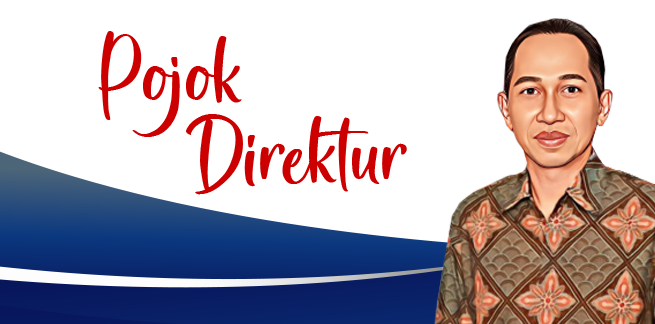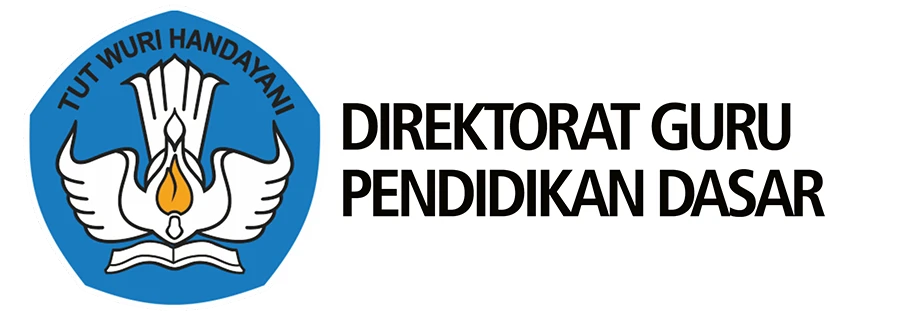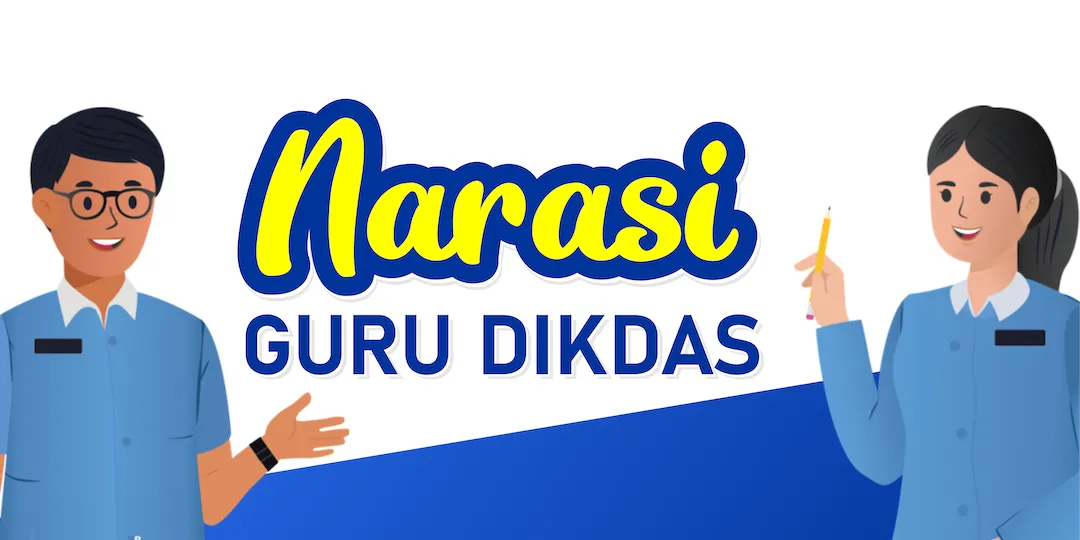Peningkatan Aktivitas dan Hasil Belajar Matematika Melalui Model Project Based Learning
DOI:
https://doi.org/10.26811/didaktika.v7i1.1009Abstract
The purpose of this research is to increase the activity and learning outcomes of mathematics by applying the project based learning model of group discussion methods in class V.A SDN 02 Payakumbuh. This type of research is Classroom Action Research carried out based on class action research steps with two cycles. The research data is in the form of test results, learning observations, field notes, and documentation of each learning improvement action. The source of research data is the process of learning activities from the researched subjects, namely teachers and students in class V.A, totaling 32 people. The results of this study can be seen from the recapitulation of the increased activity of students from pre-cycle to cycle II of 16.01%. Then experienced an increase of 18.02%. The learning outcomes of the knowledge aspect increased from 61.25 to 77.50 in cycle I, increased again to 88.75 in cycle II with an increase of 11.25%. The learning outcomes of the skills aspect obtained an average of 70.23 in pre-cycle, increasing to 82.50 in cycle II with an increase of 29.69%. It can be concluded that the application of the project based learning model in mathematics lessons can increase student activity and learning outcomes.
References
Arikunto, S. (2021). Penelitian Tindakan Kelas. Edisi revisi. Bandung: Bumi Aksara.
Defa, D. (2022). Pengembangan Media Ular Tangga Bilangan Bulat pada Pelajaran Matematika di Sekolah Dasar. Jurnal Didaktika Pendidikan Dasar, 6(2), 397-410. https://doi.org/10.26811/didaktika.v6i2.419
Ernawaty, E., Yetti, E., & Hapitriani, H. (2019). Peningkatan Kemampuan Menulis Teks Diskusi Menggunakan Model Pembelajaran Kooperatif Tipe Debat Pada Siswa Kelas VIII H SMP Negeri 1 Rejang Lebong. Jurnal Didaktika Pendidikan Dasar, 3(2), 435-456. Retrieved from https://ojsdikdas.kemdikbud.go.id/index.php/didaktika/article/view/101
Fonna, M., & Mursalin, M. (2018). Role of Self-Efficacy Toward Students’ Achievement in Mathematical Multiple Representation Ability (MMRA). Jurnal Ilmiah Peuradeun, 6(1), 31-40. https://doi.org/10.26811/peuradeun.v6i1.174
Keser dan Karagoca. (2010). Langkah Langkah Strategi dalam Pembelajaran. cetakan I YRAMA.
Lufri. (2010). Strategi Pembelajaran Biologi Teori, Praktek, dan Penelitian. Negeri Padang University Press.
Luna, C.A., Roble, D.B., & Rondina, J.Q. (2022). Covid-19 Distance Teaching-Learning Modes: Which do Mathematics Education Students Appreciate and Prefer?. Jurnal Ilmiah Peuradeun, 10(2), 371-384. https://doi.org/10.26811/peuradeun.v10i2.779
Nengsih, D. H. (2019). Penerapan Pembelajaran Kooperatif dengan Teknik Make a Match untuk Meningkatkan Aktivitas dan Hasil Belajar Matematika. Jurnal Didaktika Pendidikan Dasar, 3(2), 417-434. Retrieved from https://ojsdikdas.kemdikbud.go.id/index.php/didaktika/article/view/100
Offirston, Topic. (2014). Aktivitas Pembelajaran Matematika melalui Inkuiri Berbantuan Software Cinderella. Budi Utama.
Rahayu, B. S. . (2021). Penggunaan Alat Peraga Kereta Satuan Volume untuk Meningkatkan Hasil Belajar Matematika. Jurnal Didaktika Pendidikan Dasar, 5(1), 241-256. https://doi.org/10.26811/didaktika.v5i1.287
Sagala, Syaiful. (2011). Konsep dan Makna Pembelajaran. Alfabeta.
Sardiman. (2011). Interaksi dan Motivasi Belajar Mengajar. Rajawali Press.
Sudjana, Nana. (2009). Penilaian Hasil Proses Belajar Menganja. Remaja Rosdakarya.
Suryosubroto. (2009). Proses Belajar Mengajar di Sekolah. Rhineka Cipta.
Published
Issue
Section
License
Copyright (c) 2023 Jurnal Didaktika Pendidikan Dasar

This work is licensed under a Creative Commons Attribution-ShareAlike 4.0 International License.
















